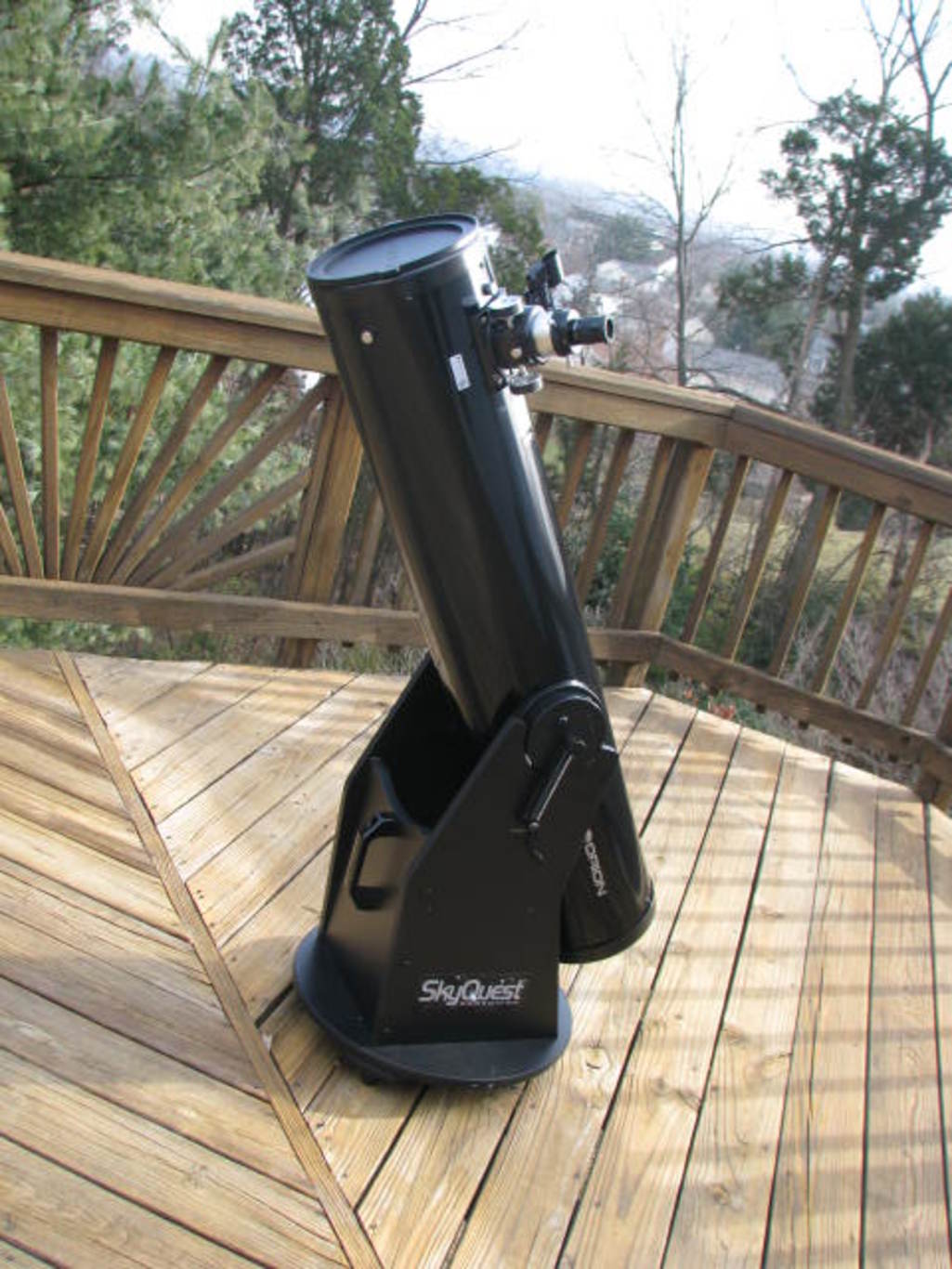

Smaller models are perfect for anyone who prefers extreme portability - think scopes you might bring on a family camping adventure - or is looking for a quick grab-and-go instrument to run outside with on a given clear night. They come in apertures ranging from 2 to 6 inches (5 to 15 centimeters). If you crave sharp, highly detailed views of bright sky objects, such as the Moon, planets, double stars, and sparkling star clusters, then a refractor is ideal. So, which telescope is right for you? That depends on your answer to the earlier questions as well as where your interests lie. After bouncing off the primary, the light reflects toward a secondary mirror at the front, then back through a small hole in the middle of the primary and into an eyepiece. The corrector plate reduces or eliminates aberration caused by the mirrors. Light first passes through a large front lens, called the corrector plate, and on toward the primary mirror at the back of the tube. The light then bounces off the secondary and out through a hole in the side of the front of the tube and into an eyepiece.įinally, catadioptric telescopes combine both lenses and mirrors. Light reflects from the primary to a small, flat secondary mirror tilted at 45°. The most popular type of reflector among amateurs is the Newtonian. Instead, they use a large, concave primary mirror located near the bottom of the tube to gather light from a target and bring it into focus. Reflectors, on the other hand, don’t have a lens up front. Changing the eyepiece will change the telescope’s magnification. A large objective lens sits in the front, while the observer looks through an eyepiece at the back. Refractors are recognizable by their long, slender tubes. Today’s astronomers use one of three basic telescope designs: the refractor, the reflector, and a hybrid design called the catadioptric. For instance, if you must carry it down a flight of stairs, it should be compact and light enough not to create a fall hazard. Storage will also play a major role in the size of the telescope you choose. By contrast, bringing a scope into the cool night air from a heated home will cause images to blur due to heat currents in the tube before the components stabilize. Keeping it at the ambient outdoor temperature will speed the optics’ acclimation to the night air. Ideally, your telescope should be easily accessible and stored in an unheated but clean location. Where will you store it? This is an issue that many amateurs don’t consider. And, for those driving to a location, double check that it will safely fit into your car before purchasing. If your location of choice is hours away, then look for telescopes that are quick and easy to set up. Will you be using your telescope from home, where you set it up in your yard for a night under the stars? Or do you need to drive a good distance to view the sky properly? Where will you use it? This might not be the first thing you think of, but it’s critical in deciding what kind of telescope to get. While they are tempting, many newbies find them daunting to set up and use. But avoid the urge to go straight to a high-tech telescope immediately. If your budget is a bit higher, you can purchase a well-appointed instrument for $1,000 to $1,500. You can get a very nice instrument for under $300. What is your budget? While you may feel some sticker shock when you look at telescope prices, the good news is that you do not need to spend a small fortune purchasing your first telescope. Ask yourself the following questions and be honest with your answers. Some hard questionsīefore you decide which type of telescope to get, you need to take a hard look at your situation. These are all important questions that you need to answer before purchasing a telescope, whether it’s your first scope or 10th. What kind should you get? How much do you really have to spend? Which is best for you? Thumbing through Astronomy’s pages, you see many that are intriguing. Either way, you’ve decided to take the next step and get your first telescope. Or maybe you’ve just recently become interested in the wonders hanging high above our heads.

May you have had a casual interest in astronomy for years, looking up at the night sky every chance you get.


 0 kommentar(er)
0 kommentar(er)
